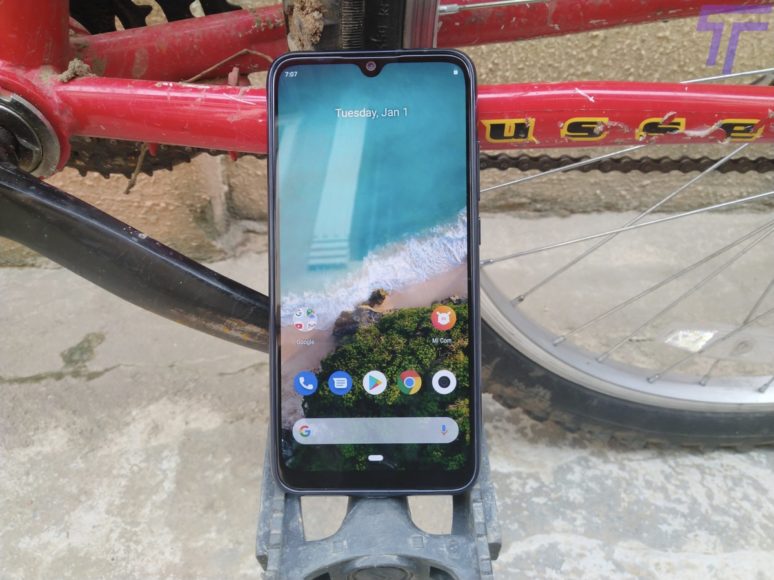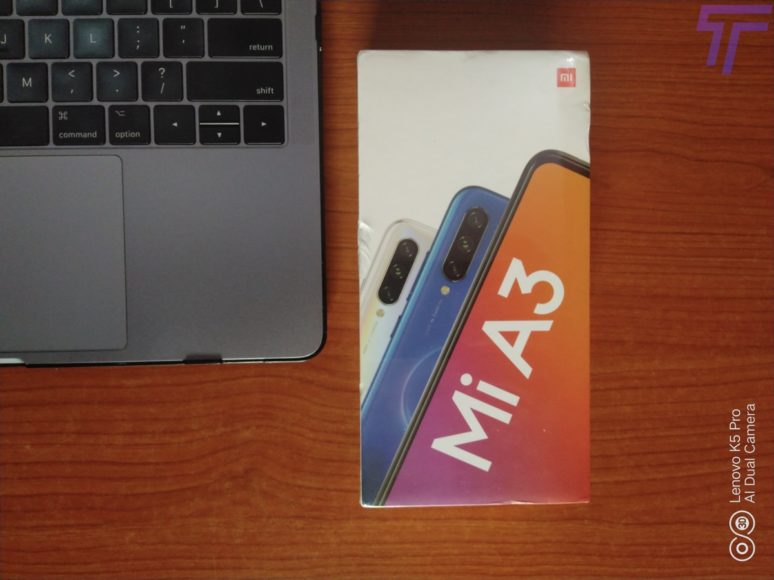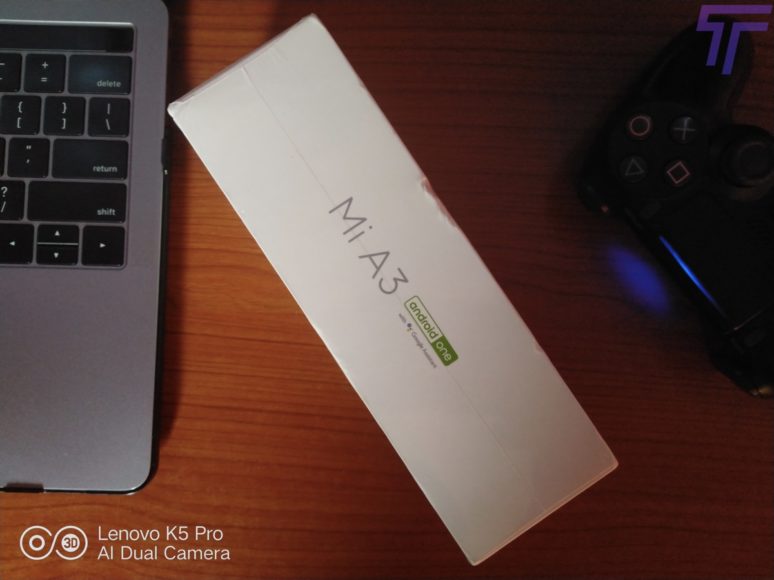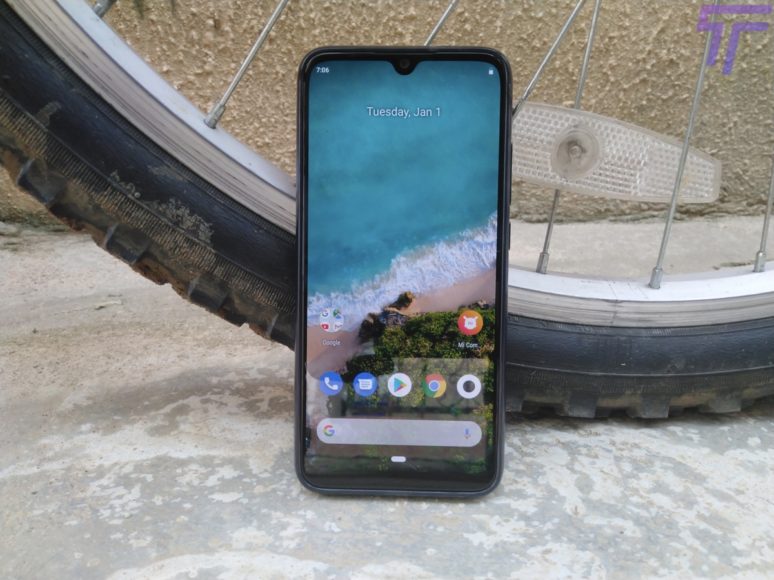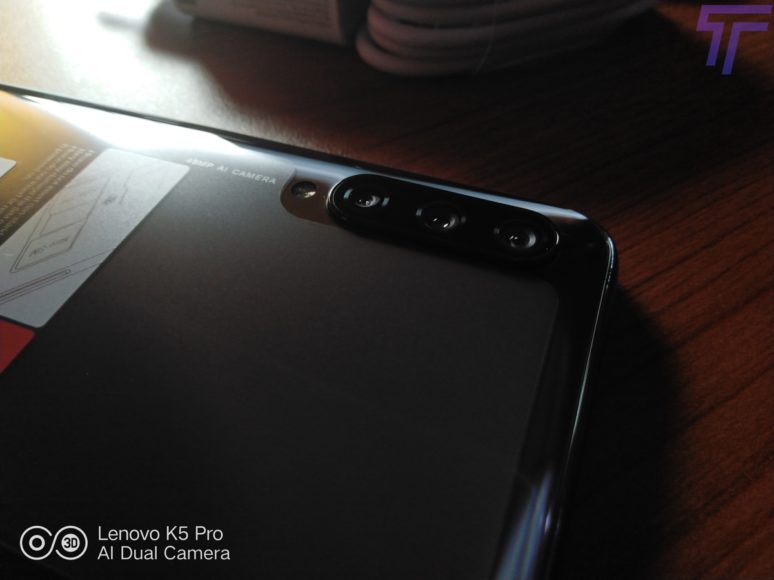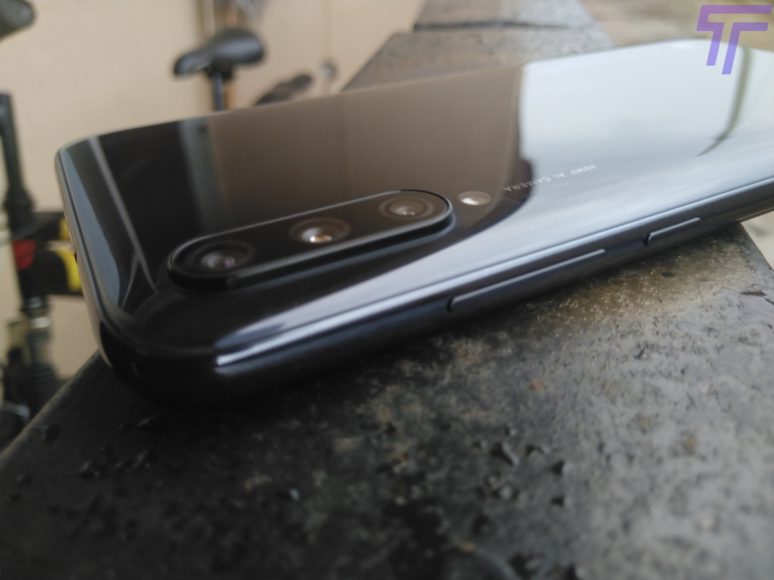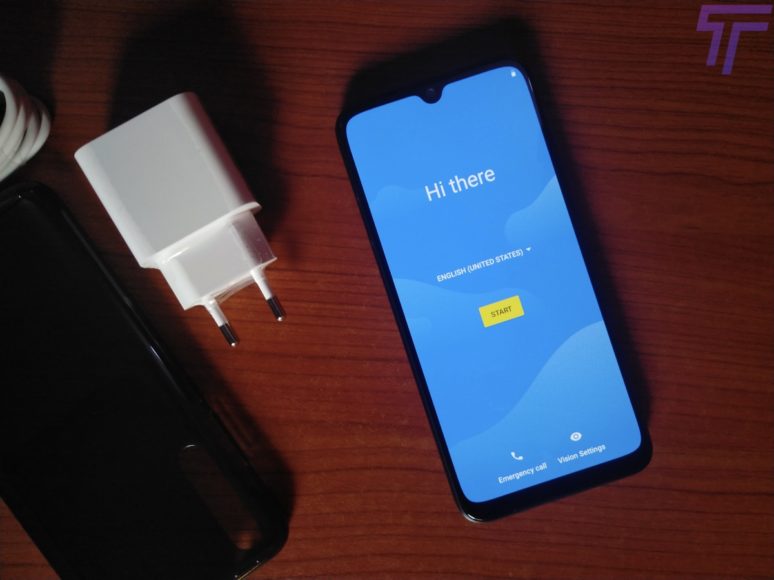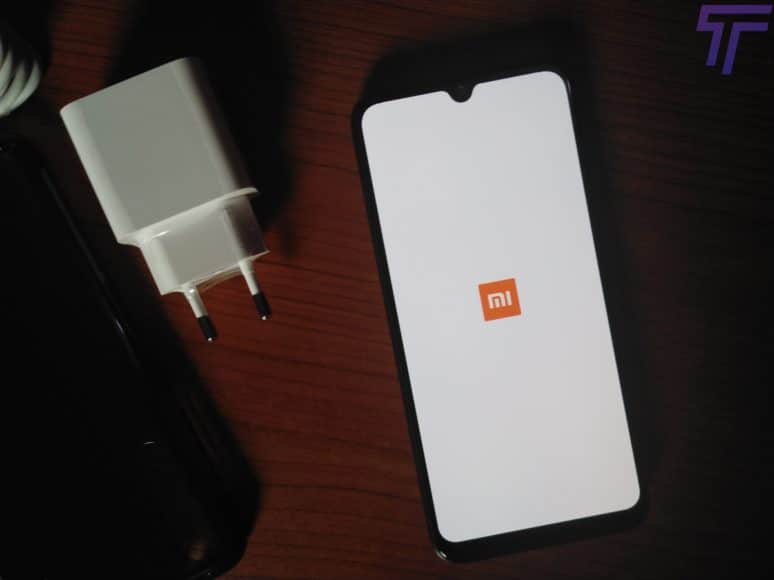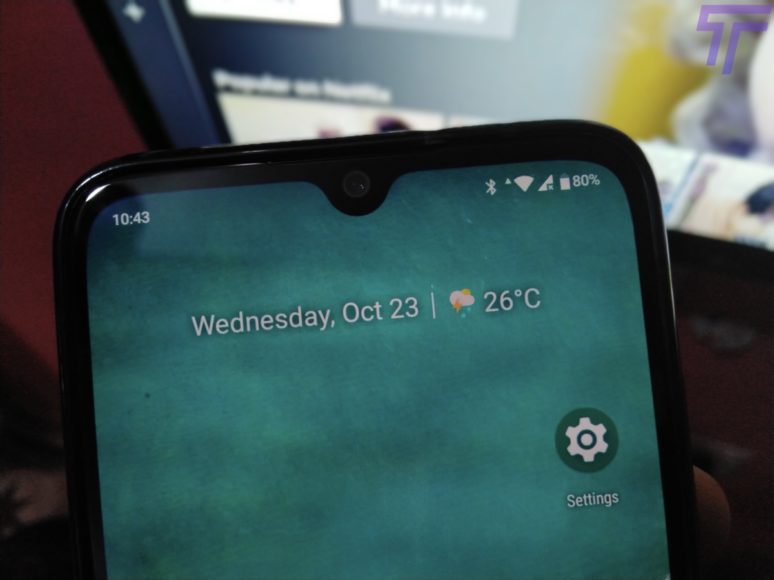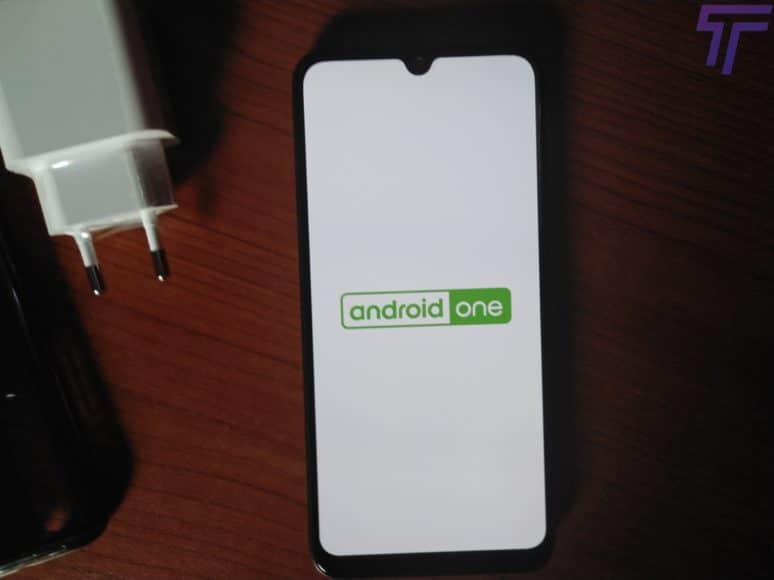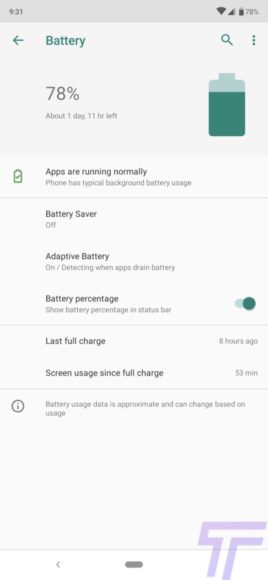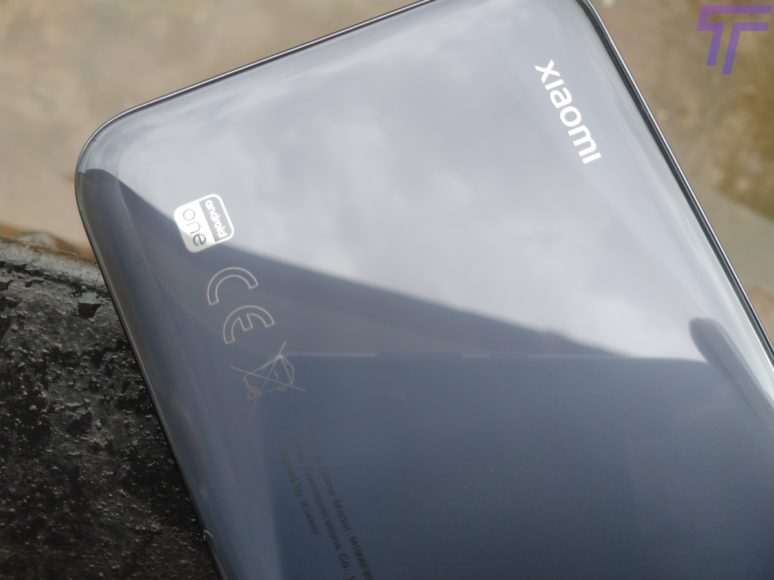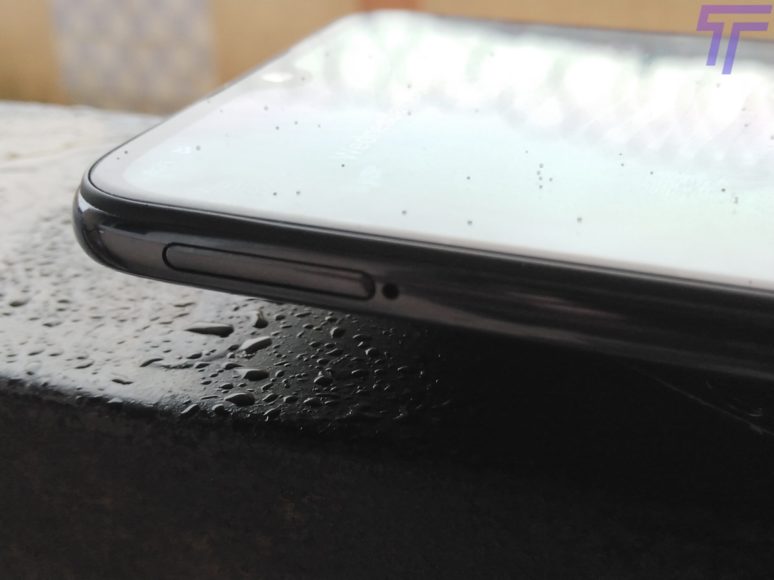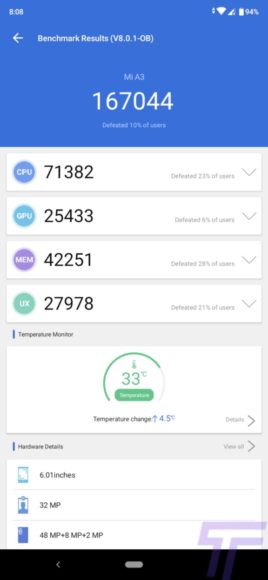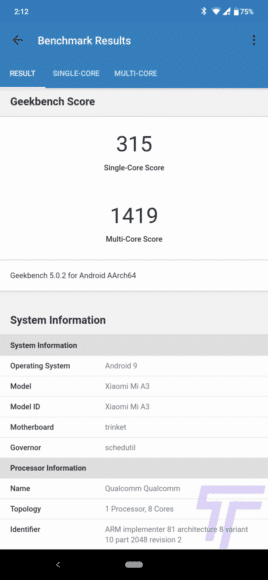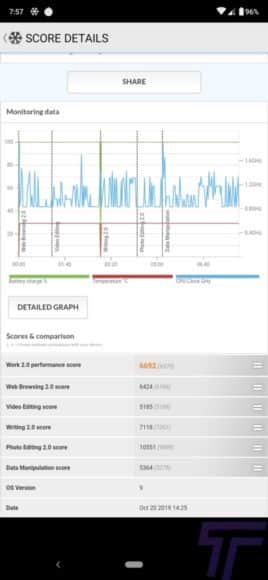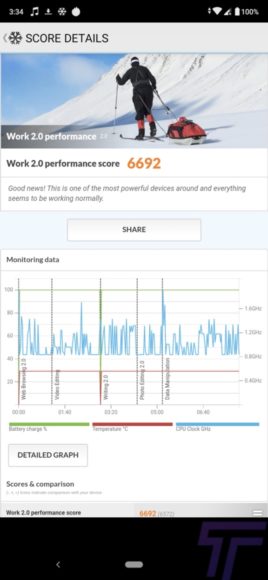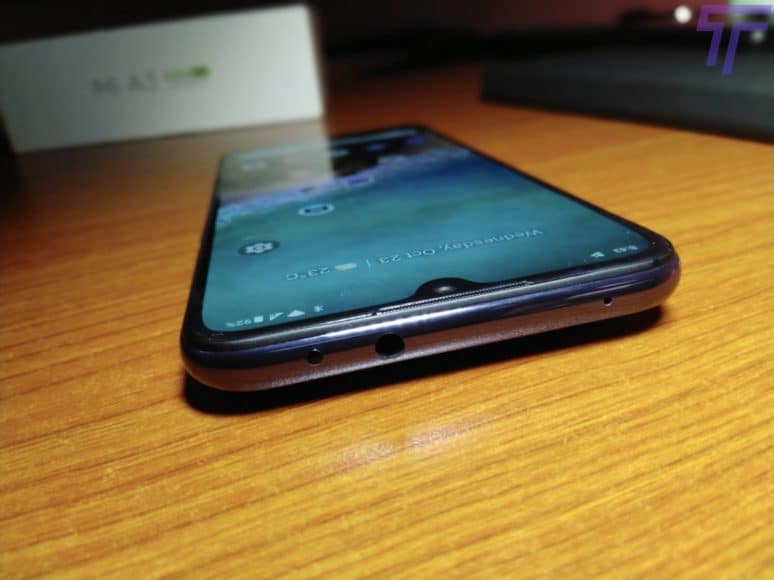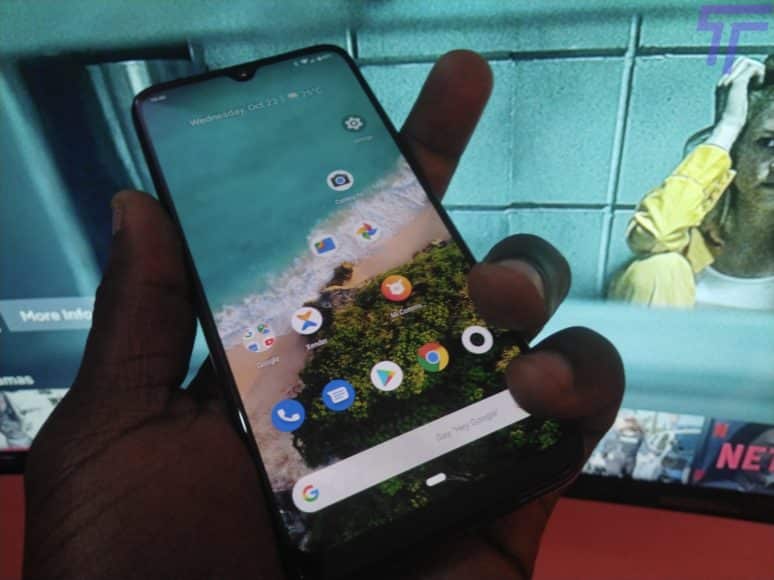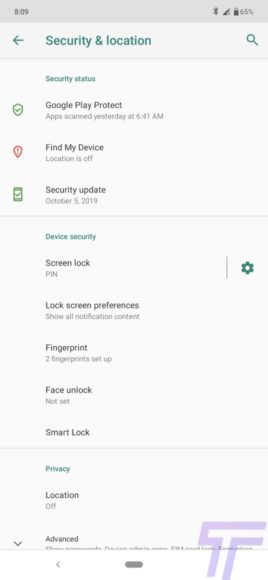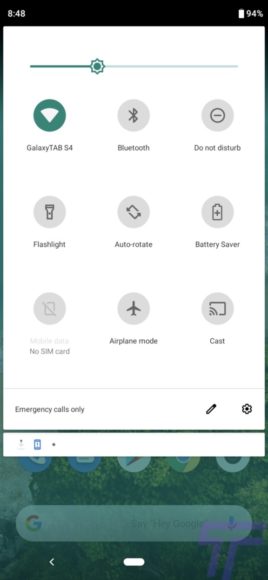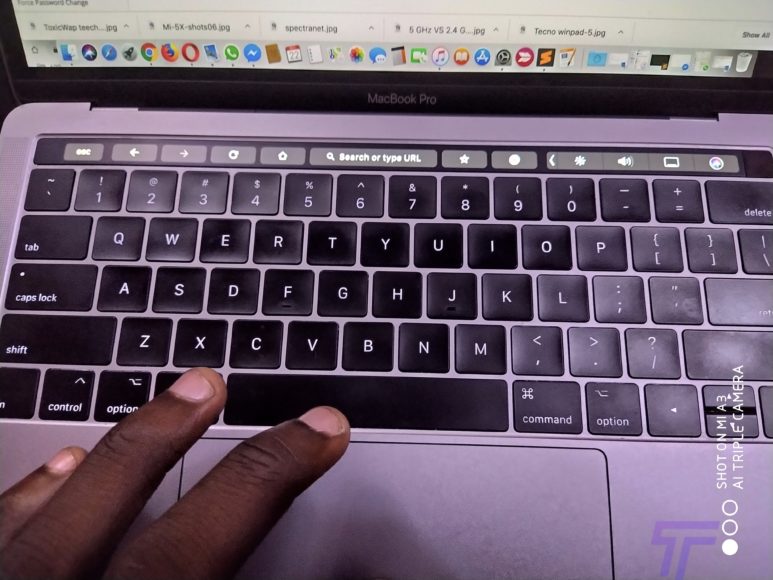We have already seen this story countless times- a long-awaited smartphone is about to be released, the first tests complain that a single aspect of the device does not convince and discontent grows. We could call it “the cycle of hype,” and that’s exactly what happened with Xiaomi A3, the long-awaited low-cost smartphone from the Chinese company, sold at a price of around 230 dollars on the Banggood website.
Page Contents:
Xiaomi Mi A3 is the Chinese company’s new Android One smartphone, so no MIUI and a more familiar Android interface. We saw it briefly in our preview a few days ago, between light and shadow, and a technical sheet that leaves room for some doubt. On all heads, the resolution of the display is only an HD + and the absence of the NFC chip for contactless payments, two compromises that are difficult to digest, at first sight, especially considering the list price set at 229 dollars.
In the last two years, the series has made its way into the segment, the Mi A1/Mi 5X and A2 Lite were the real best buy, and the Mi A3 carries on its shoulders the enormous weight of the predecessors’ success. This new model, therefore, has the daunting task of continuing the positive streak and keeping the Mi A Android One family name high. Will it succeed in the enterprise? Well, let’s find out.
Xiaomi Mi A3 Package
The packaging of this Mi A3 does not offer great surprises; the sales package of the Mi A3 appears with a sober white cardboard featuring the name of the product and the Android One logo on the profiles while the front part shows the device in the 3 sales colors (pearl white, electric blue, and dark gray). Inside the package, we find the following equipment:
- 1 x Xiaomi Mi A3;
- 1 x Pin for removing the SIM tray;
- 1 x Silicone cover;
- 1 x Product warranty instructions and user guide;
- 1 x USB Type-C data charging/transfer cable;
- 1 x 5V-2A output wall charger (10W).
Before proceeding with the review, we report the SAR values of the product, as many are interested in the subject:
SAR limit 10g- 2 W / Kg
SAR value head- 0.301 W / Kg
SAR value body- 1.097 W / Kg (distance of 5 mm)
SAR limit 1g- 1.6 W / Kg
SAR value head- 1.03 W / Kg
Body SAR value- 0.99 W / Kg (10 mm distance)
Hotspot- 1.07 W / Kg (10 mm distance)
Xiaomi Mi A3 Construction and Ergonomics
The Mi A3 is a smartphone on the whole compact and continues on the road of devices that are not too large, powered by the Android One line.
The grip is also good, and the back cover is never too slippery. We must indeed praise Xiaomi in terms of build quality: the device is quite robust, the Chinese house used rather classic materials with Gorilla Glass 5 for the front and the back, while the side frame is made of plastic. Everything is enclosed in a body that is not too large, values that are within the average, and allow rather easy use with one hand, which I appreciated so much. Even the ergonomics benefit from these materials because the back, although it is prone to keep the fingerprints, is not very slippery and offers a good grip.
In hand, it is used easily; it is not too thick (8.47 mm), nor too heavy (about 173.8 grams). It is not waterproof, but it is however, optimally constructed, with the glass back and the polished plastic chassis, in the same color as the back. The design is very simple and pleasant, but not particularly original (you could confuse it with many other Xiaomi and Huawei already on the market).
Xiaomi Mi A3 has a size of 153.48 x 71.85 x 8.47 mm, for a weight of about 173.8 grams. The ergonomics are excellent, and the device can be used safely, even with one hand.
Only HD + Display That Behaves, But It’s Not In Shape
Let’s start with the component that, on paper, would seem the weakest- the display. The panel used is a 6.08-inch AMOLED with HD + resolution (1560 x 720p), a feature that does not find any marketing logic, also considering the PENTAI type matrix, lowering the effective final resolution by a further 1/3. Given the wide diagonal, the density is only 283 ppi, therefore much lower than what we are used to- with the naked eye, we can distinguish the pixels, and the vision of the elements is not defined, in particular, the texts.
The display is not the best, but in reality, the display is not so bad, indeed. The colors are good, the panel has high maximum brightness and can be seen really well even outdoors in direct sunlight. Certainly, a Full HD screen would have been more welcome; thus forgetting for a moment the cold numbers is not so penalizing. On the upper part where there is obviously a notch with a teardrop shape that contains the front 32MP camera is quite pronounced than the lower frame, which ruins the front aesthetic a bit.
However, you will be glad to know that the drop notch does not create any nuisance for notifications; they are always visible.
From the Mi A1, the fingerprint reader has always been capacitive and positioned on the back, on the Mi A3 it moves instead to the front and positioned below the display, thanks to the adoption of AMOLED technology. Right from the start, it proved to be quick and effective in unlocking without the need to press too much on the glass.
As the Mi A3 display has AMOLED technology, the viewing angles and responsiveness of the touch screen (10 points) are excellent. In a positive sense, it should also be noted that the frames do not cut portions of the display, such as on POCOPHONE F1.
In addition, there is also the unlocking with the face through 2D recognition of the front camera. This function is not yet present in the Android stock code, and this shows how the Android One system is different from Android stock.
Large Battery In Xiaomi Mi A3
Despite the low weight, Xiaomi has managed to integrate a 4030 mAh battery, certainly not obvious in the midrange scene. This large capacity combined with the AMOLED HD + display and the controlled consumption of the SoC makes the Mi A3 a champion in terms of battery life. It is really difficult to worry under this front and certainly more lasting than all its predecessors. One feels a little lack of certain MIUI software optimizations, but with this model, it is credible to think of spending a day and a half or two without ever recharging it.
Full charging of the Mi A3 takes about 2 hours with the supplied 10W charger, but the smartphone supports 18W fast charging.
Wireless Charging?
If you are wondering, I will answer immediately- NO, Xiaomi Mi A3 is not equipped with wireless charging, but never mind because the battery it comes with is a 4030 mAh unit.
Xiaomi Mi A3 Snapdragon 665 And UFS Memories 2.1
The SoC used in the Mi A3 is a Qualcomm Snapdragon 665, the successor of two excellent chips discussed and reviewed countless times- we are talking about the SD636 and SD660. If we look at the CPU alone it seems that little has changed, we always talk about Kryo 260 Gold, but with a production process that has gone from the 14 nm of the previous generation to the current 11 nm, this means a good performance boost without using too much battery consumption.
Mi A3 Performance & Benchmark
To accompany the new SoC, there are also 4 GB of RAM and 64 GB of storage. These last memories are from the UFS 2.1 and offer much higher performance than the EMMCs in the Mi A2. A faster internal memory allows access to data and, consequently, to applications. The only sore point I found on the GPU- the Adreno 610 is not so good, and in graphically demanding games like Asphalt 9, I noticed a bit of lag with the details set to the highest quality available. However, PUBG Mobile and Call of Duty Mobile played incredibly well without issues.
As already mentioned in the previous chapter, Mi A3 offers excellent performance and makes the software run flawlessly, even when using “heavy” apps like Facebook, Instagram, and Twitter. Of course, all of us would have preferred that Xiaomi used the Snapdragon 710 processor (Xiaomi Mi CC9) rather than the Snapdragon 665 (Xiaomi Mi CC9e / Mi A3). However, we are still above the average and have not encountered any problems from this point of view.
For benchmark lovers, the device registered a total of 167004 points on AnTuTu. On Geekbench, on the other hand, it reached 315 points in single-core and 1419 points in multi-core while it scored 6692 in PCMark’s Work 2.0 Performance. To give you a concrete example, Samsung Galaxy A50, a smartphone that is sold at a price similar to Mi A3, had registered a total of 136009 points on AnTuTu. In short, the performance gap is not so high, but Xiaomi Mi A3 falls the same among the most performing smartphones in this price range.
Despite this, the 3.5 mm audio jack, the infrared port, is always present, and you can even expand the memory with a micro-sd. Through the side tray, you can still use two SIM cards at the same time and take advantage of the 4G Plus connectivity. Nothing to complain about on the reception front, in these days of use, it was always pleasant, and I never encountered problems on call.
Xiaomi Mi A3 Solid Android Stock 9 Pie
On the software front, objectively, there is not much to say. This is always the usual Xiaomi customization of Android One. We have already seen how the company intervened in some places to add some extra features. However, apart from unlocking it with the face and proprietary photo software, you still have a very stock usage experience similar to that available to many other Android One devices. Android One is virtually free of any additional features typical of custom UI, such as MIUI. But certainly those looking for such devices do so with a view to reliability and long-term longevity. At the moment, the device mounts the Android OS 9 Pie with security patches updated for October 5, 2019, and soon we could also see the upgrade to the new Android 10.
From some points of view, it is an asset. I have always been a great lover of minimalism typical of pure Android and believe that it is the most faithful experience and close to those that are Android’s capabilities. But on the other hand, we note some shortcomings that, on other customizations, are essential.
Triple Room, But The Gcam Makes The Difference
The photographic compartment of a smartphone is one of those features on which to focus during the purchase phase, and the new Xiaomi Mi A3 says it’s in the mid-range segment. As from “fashion” of the moment, we find a triple camera on the back that consists of a 48-megapixel Sony IMX582 sensor, f / 1.79 as the main module which is joined by an ultra-wide 8 megapixel module, Samsung S5KGD1 f / 2.2, FOV 118 ° and a sensor dedicated to the 2 megapixel depth, f / 2.4.
The shots captured by these lenses are detailed and have well-calibrated colors. Also noteworthy are the shots were taken with the Portrait mode, able to very well outline the subject in the foreground even if, in this case too often, the background will be “burned.” The 48 megapixels are exploited with manual mode while basic shooting in 12-megapixel resolution with the aid of Pixel Binning technology. At the software level, there are also gems like AI support for scene recognition, HDR (also automatic), and Night mode to better capture night shots, quite effective.
But Android One also offers the already active CAM2API, so you will only need to install a simple APK to enjoy the magic of GCam, albeit with some compromises. There are many working versions, but on some, the Wide lens does not work, on others the front camera, but in any case, you will have an alternative solution to the stock camera, which in some situations gives you decidedly professional shots.
Xiaomi’s photo software shows how his algorithm works well in different light conditions. In the daytime, the colors are brilliant, and the various parts of the photo are correctly exposed. The green shades are slightly too saturated, but they are still solvable problems with a little editing. The wide-angle instead didn’t convince me so much because of the low resolution.
At the selfie room level, we find a 32-megapixel sensor, f / 2.0 FOV 79 °, which also has functions like HDR and AI. Although there are so many megapixels in dowry, the yield is almost the same as that of other devices of the brand, that is, more than discreet in days but not very exciting in low light conditions. In particular, despite the disabled beauty effects, the software always tends to insert a sort of “halo” on the skin.
At the video level, we can record up to 4K resolution at 30 fps, while for 1080p, we can decide between 30 and 60 fps and H.264 or H.265 video encoding. There is no lack of features like Time Lapse and Slow Motion. Theoretically, electronic stabilization is available (only 1080/720 p 30 fps), but I did not find great benefits from it. Furthermore, in the fast pan phase, it is possible to see some deformations of the images, probably due to the software and therefore with a possible solution with future updates. In short, a good photographic industry voted better for the acquisition of photos rather than videos.
AAA Wanted NFC
I don’t find adequate justification for the absence of the NFC chip, which has now become more than important for the management of contactless payments. The only plausible explanation is the little use made of it in China and some other countries, where most transactions take place via third-party platforms like WeChat. In any case, the limit is there for us and it is obvious, certainly not pleasant, if we consider that the Mi A3 goes global.
Moreover, we must deal with increasingly well-equipped competition, a more demanding user, a growing smartphone offer. The mere fame of a successful series is not enough, especially if a brand has a portfolio of many other similar solutions that certainly appear more complete in terms of hardware.
Final Considerations
In my opinion, the Xiaomi Mi A3 is not an heir to the Mi A2 and does not even try to be one. It is more the successor of the Mi A2 Lite and is presented in a complicated price range, putting itself before the excellent Redmi Note 7 ( review ). None of the models just mentioned has the NFC, but it was from the time of the Mi A1 that they did not go under Full HD resolution, in this case, sacrificed to integrate an OLED and also allow unlocking on screen. A courageous choice, in my opinion, also dangerous.
Xiaomi, like others, makes war on its own with lots of devices at often similar prices. Certainly, the Mi A3 has from its experience the Android Stock; still much sought after by many users and added value for those who do not like MIUI customization. It will be interesting to see its positioning with the first online offers and, above all, to intercept an eventual Mi A3 Pro that can actually raise the shot and cover the most important gaps.
Unfortunately, the company has put this Mi A3 on the market at an illogical price, especially when compared to models of the same parent company. On the other hand, Redmi Note 7 costs less and offers a Full HD display or the Xiaomi Mi 9 SE (with a slightly higher cost) in addition to the higher resolution also offers the NFC. Fortunately, Banggood offers the Mi A3s at much more fair prices.
